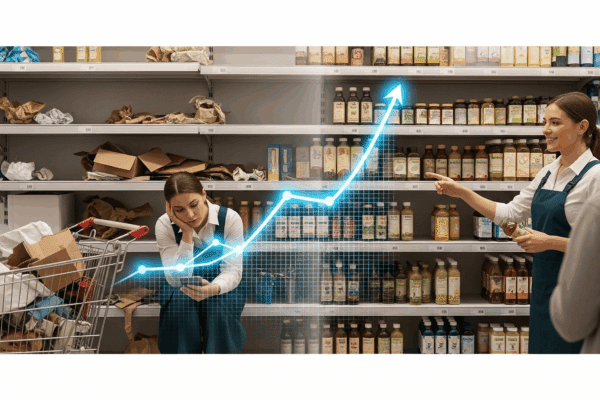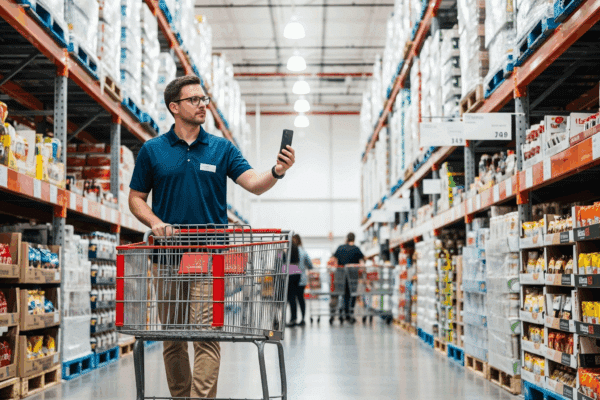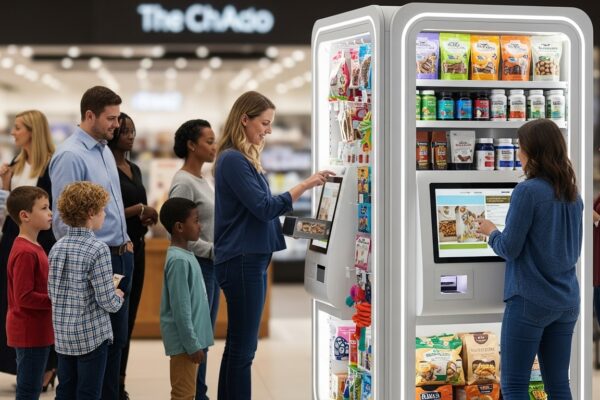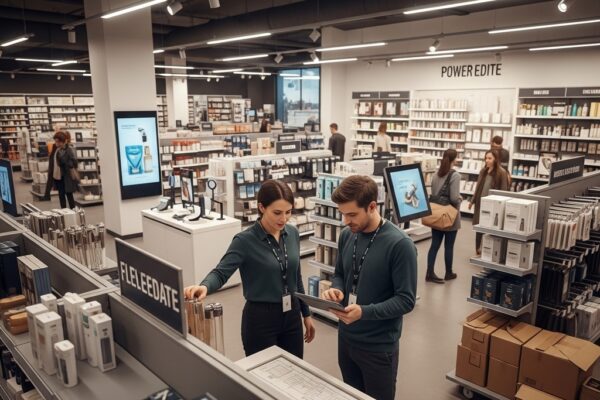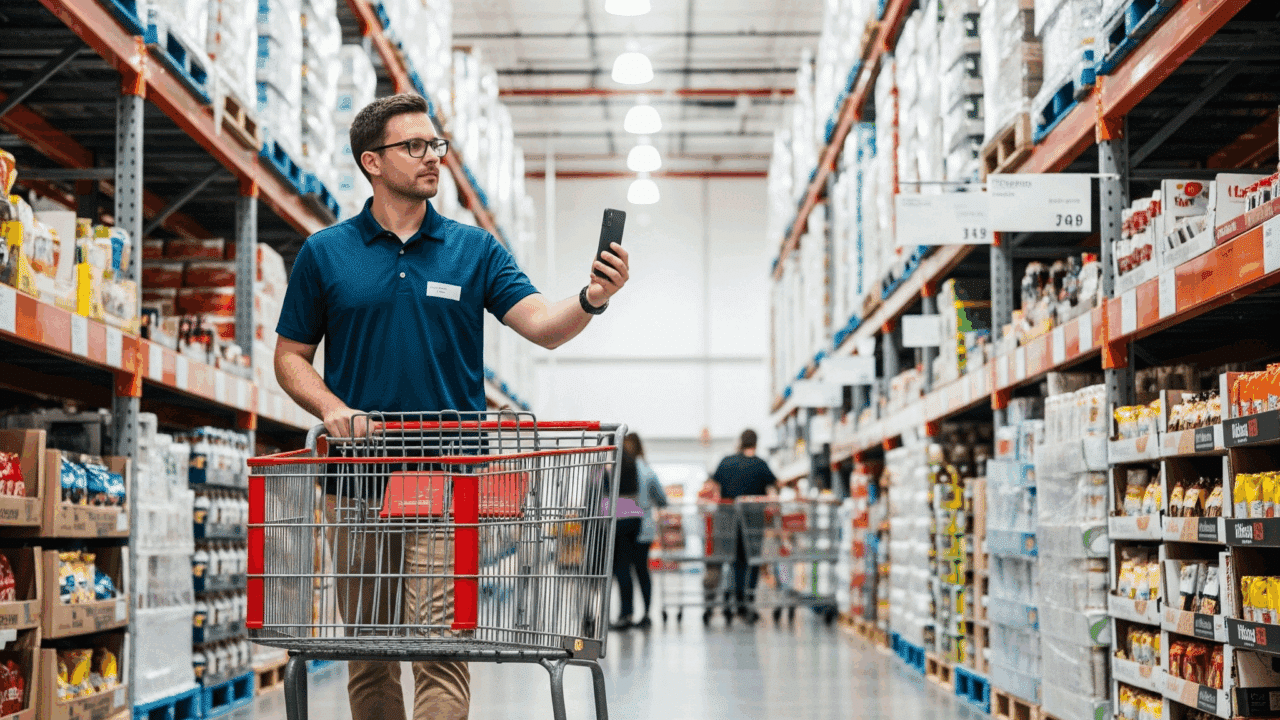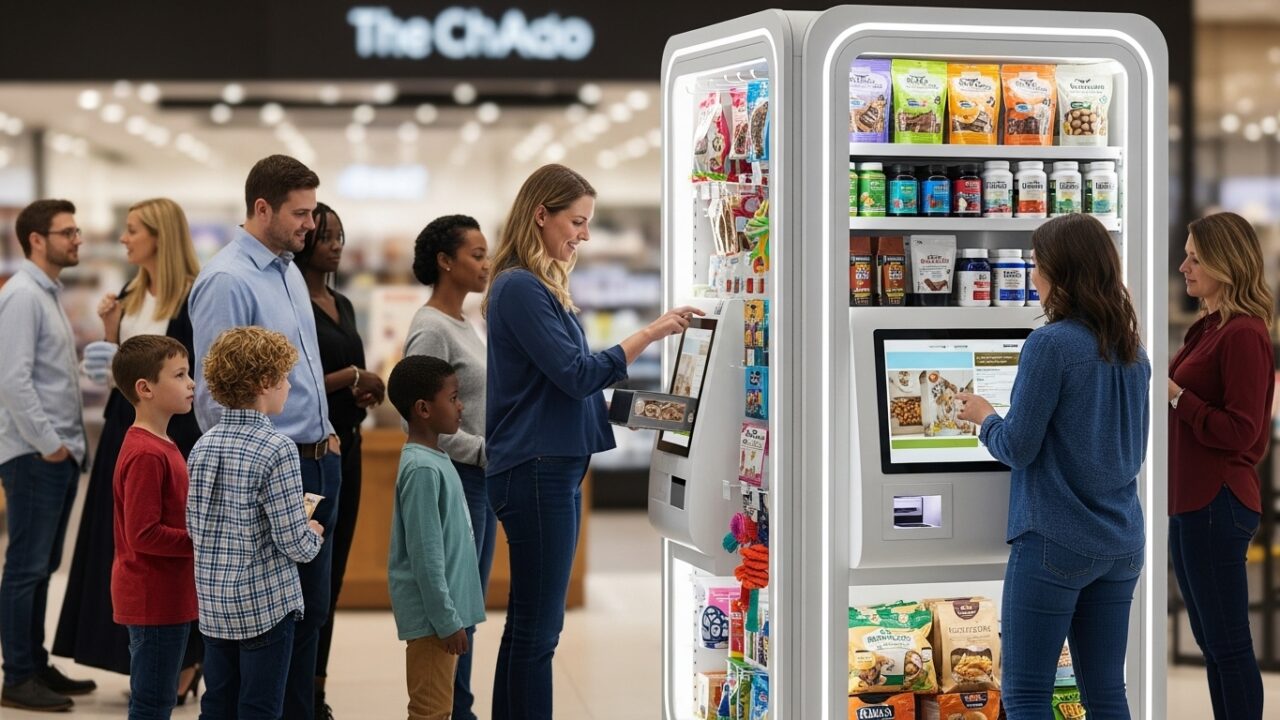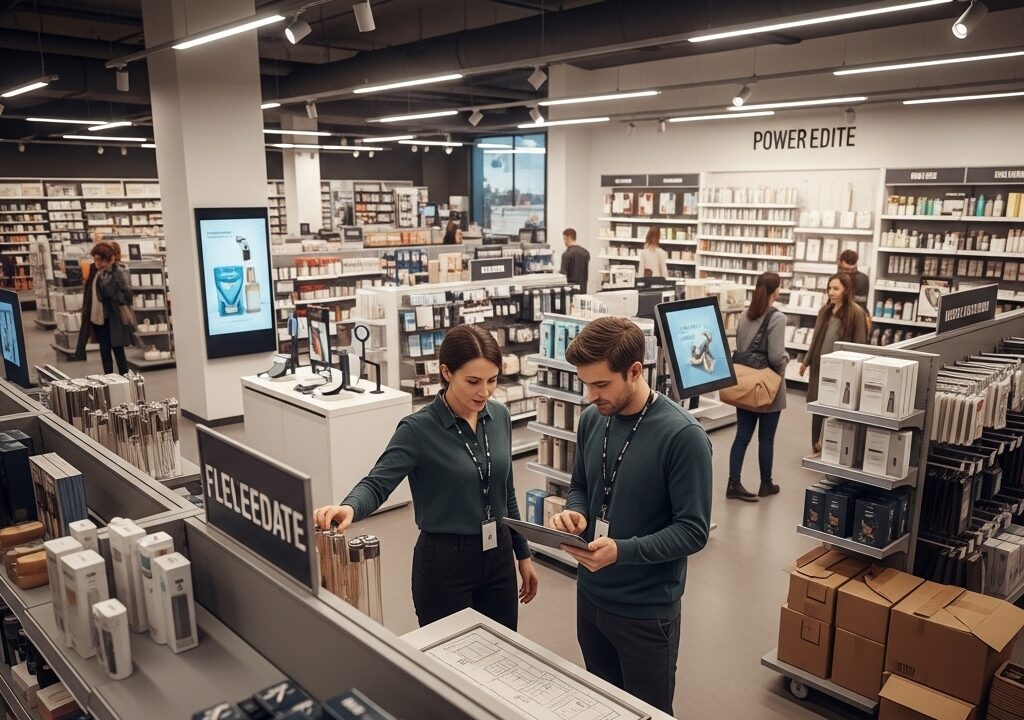
Unlocking the Power of Visual Merchandising: Strategies to Drive Engagement and Sales
Walk into any successful retail store, and you’ll feel it—an energy that pulls you in, an experience that makes you want to explore. That’s not by accident. Great visual merchandising is more than just making a store look good—it’s a powerful strategy that shapes how customers shop and, ultimately, how much they buy.
Think about it. Have you ever walked into a store just to browse and walked out with a bag full of things you didn’t even plan to buy? That’s visual merchandising at work—guiding you, inspiring you, and nudging you toward a purchase without you even realizing it.
The best retailers know that a well-planned store layout, eye-catching displays, and strategic product placement can boost sales by as much as 30 percent according to Nielsen. But how do you get it right?
Let’s break it down.
What Is Visual Merchandising, and Why Does It Matter?
At its core, visual merchandising is about creating an in-store experience that makes products more appealing and easier to buy. It’s not just about making a store look good—it’s about using design, psychology, and technology to shape how customers interact with products.
When executed well, visual merchandising:
- Attracts attention. A well-designed storefront or striking window display can increase foot traffic by up to 25 percent.
- Drives purchasing decisions. The placement and visibility of a product can significantly influence whether a customer adds it to their cart. Items at eye level sell 30 percent more than those placed lower on shelves.
- Enhances brand identity. A consistent, well-designed merchandising strategy reinforces a retailer’s brand and helps build a stronger connection with customers.
For examples of visual merchandising in action, take a look at these real-world merchandising strategies that are driving sales for top retailers.
Store Layout: Guiding the Customer Journey
Retailers who understand how customers move through a store can design layouts that maximize engagement and increase sales.
How Layout Impacts Buying Behavior
- The decompression zone matters. The first few feet inside a store should feel open and inviting, allowing customers to adjust before engaging with displays.
- Most shoppers turn right. Studies show that 90 percent of shoppers instinctively turn right when entering a store. Placing high-margin or promotional items in this area increases engagement.
- Focal points keep customers engaged. Whether it’s an interactive display, feature wall, or digital signage, strong focal points encourage customers to explore more of the store.
Retailers that design their store layouts with customer behavior in mind see higher engagement, longer dwell times, and increased conversions. If you want to optimize your store’s layout and display strategies, T-ROC’s merchandising services can help you execute a strategy that drives real results.
The Psychology of Product Placement
How and where products are displayed plays a significant role in purchasing behavior.
Placement Strategies That Drive Sales
- The “Rule of Three.” Grouping products in sets of three is more visually appealing and encourages customers to explore different variations.
- Cross-selling through smart displays. Placing complementary items together—such as shoes next to matching bags—encourages additional purchases.
- Creating urgency. “Limited stock” or “last chance” displays tap into a sense of urgency and drive impulse buys.
Want to see how brands are leveraging these techniques? Explore visual merchandising strategies that are helping retailers increase conversions.
Lighting, Colors, and Sensory Merchandising
Retail environments are carefully designed to shape customer perceptions. From the lighting to the color palette, every detail influences how people feel and interact with products.
The Role of Sensory Merchandising
- Lighting sets the mood. Warm lighting in fitting rooms makes customers feel more comfortable, increasing the likelihood of a purchase. Bright, focused lighting on featured displays draws attention to key products.
- Colors influence buying behavior. Research shows that red and orange create urgency, while blue and green evoke trust and relaxation. This is why clearance sales often use red, while luxury brands lean toward neutral, calming tones.
- Music and scent impact customer decisions. A study by McKinsey & Company found that playing slower music in stores increases customer dwell time by 38 percent, leading to higher sales.
Retailers that integrate sensory merchandising into their stores create a shopping environment that not only engages but converts.
Technology-Driven Visual Merchandising
Retailers are increasingly turning to AI, AR, and real-time analytics to take visual merchandising to the next level.
The Technology Transforming Retail Displays
- Smart shelves and RFID tracking. Amazon Go stores use RFID-enabled shelves that track inventory in real time, reducing stockouts and automating restocking processes.
- Augmented reality (AR) try-ons. Retailers like Sephora and IKEA use AR to let customers preview products in their own spaces before making a purchase. Studies show that AR-driven experiences increase purchase intent by up to 40 percent.
- AI-powered personalized displays. Nike’s flagship stores use AI-driven recommendations to tailor product suggestions based on customer data, creating a more interactive shopping experience.
Retailers that embrace technology in their visual merchandising strategies create seamless, immersive shopping experiences that keep customers engaged and drive repeat business.
Visual Merchandising is Your Competitive Advantage—Are You Maximizing It?
Retailers today are not just selling products—they are creating experiences that bring brands to life.
With rising customer expectations and increasing competition, visual merchandising is no longer just a nice-to-have—it’s a key driver of sales, customer engagement, and brand loyalty.
Retailers that:
- Optimize store layouts to guide customer behavior
- Leverage psychology-based product placement strategies
- Integrate AI, AR, and real-time analytics into merchandising
…are the ones that will stay ahead in an ever-evolving retail landscape.
At T-ROC, we help retailers transform their stores into engaging, revenue-driving experiences through end-to-end merchandising solutions. Whether it’s strategic product placement, in-store execution, or digital merchandising innovation, we create customized solutions that deliver measurable results.
Want to elevate your merchandising strategy? Let’s talk.

